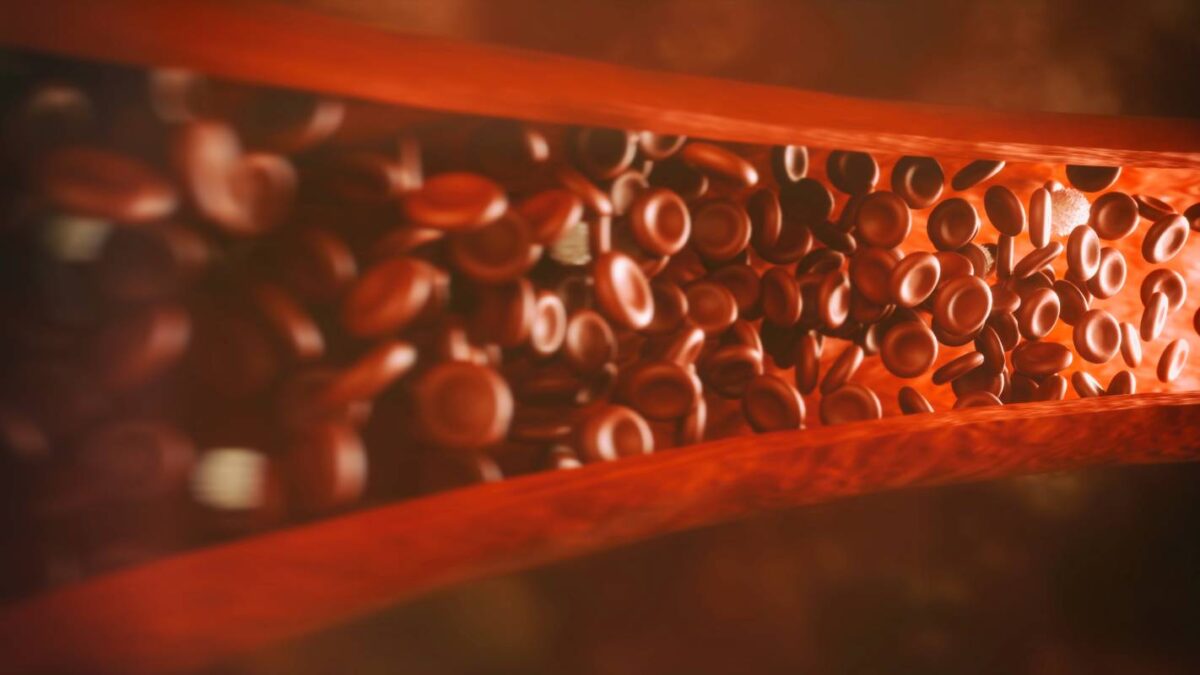Blood Clot Risk After Surgery

Blood vessels often undergo trauma during surgery, promoting the formation of coagulated platelets and fibrin colloquially known as a blood clot. If a clot breaks free, it can clog veins or arteries throughout the body, thus cutting off blood supply to the surrounding tissue and placing the patient at risk for long-term tissue damage or death. This event is called venous thromboembolism – an umbrella term that includes deep vein thrombosis and pulmonary embolism – and is a potentially life-threatening complication. Not only is the condition incredibly serious, but recent studies have also shown that the risk of a blood clot is much higher and that this risk persists longer after surgery than previously supposed. A new publication in the British Medical Journal reported that heightened risk of venous thromboembolism persisted into a full year following surgery and that women who received surgery were up to 70 times more likely to experience venous thromboembolism than those who did not.1 These findings would suggest that the current approach – placing patients on blood thinners while in-hospital or for a week after, at most – are insufficient.
Given the seriousness and prevalence of this condition, researchers have sought new and innovative ways to prevent the formation of dangerous clots. A paper recently published by Verhamme et al. proposed a new medication for the prevention of venous thromboembolism: abelacimab.2 The proposed drug was known to effectively inactivate factor XI (also known as plasma thromboplastin antecedent), a key enzyme in the blood coagulation cascade.3 Though it is not yet fully known how factor XI specifically contributes to venous thromboembolism, the authors suspected that, through its inhibition, blood clot formation could be mitigated.
In order to test their hypothesis, Verhamme et al. randomly assigned patients undergoing total knee arthroplasty into three groups. Each group received either 30mg, 75mg, or 150mg of abelacimab, versus the control group, which received the standard 40mg of enoxaparin. Thirteen of the total 412 patients developed a blood clot after surgery: 13 percent of patients in the 30mg group, five percent of the 75mg group, and four percent of the 150mg group, as compared to 22 percent of patients in the enoxaparin control group. It was found that both the 75mg and 150mg doses of abelacimab were significantly more effective at preventing venous thromboembolism when compared to the control. Moreover, only very infrequent cases of bleeding were reported in each dosage group throughout the trial, indicating the relative safety of the medication.
Given these findings, the authors concluded that factor IX “is important for the development of postoperative venous thromboembolism.”2 Though the exact role of factor IX in blood coagulation still remains unknown, this initial investigation implies that there is much more to be discovered, which might be significant for novel therapeutic applications. Moreover, abelacimab and similar factor XI inactivators may now be added to the growing repertoire of blood clot prevention medications, possibly even replacing some of the less effectual existing ones. It is likely that the mixture of improving medication options and a more accurate understanding of the risk period for venous thromboembolisms will continually improve patient outcomes and reduce blood clot-mediated mortality.
References
1 BMJ-British Medical Journal. (2009, December 5). Risk of blood clot after surgery higher and lasts longer than previously thought. ScienceDaily. www.sciencedaily.com/releases/2009/12/091203222141.htm
2 Verhamme, P., Yi, B. A., Segers, A., Salter, J., Bloomfield, D., Büller, H. R., Raskob, G. E., Weitz, J. I., & ANT-005 TKA Investigators (2021). Abelacimab for Prevention of Venous Thromboembolism. The New England Journal of Medicine. Advance online publication. https://doi.org/10.1056/NEJMoa2105872
3 Mohammed, B. M., Matafonov, A., Ivanov, I., Sun, M. F., Cheng, Q., Dickeson, S. K., Li, C., Sun, D., Verhamme, I. M., Emsley, J., & Gailani, D. (2018). An update on factor XI structure and function. Thrombosis Research, 161, 94–105. https://doi.org/10.1016/j.thromres.2017.10.008
